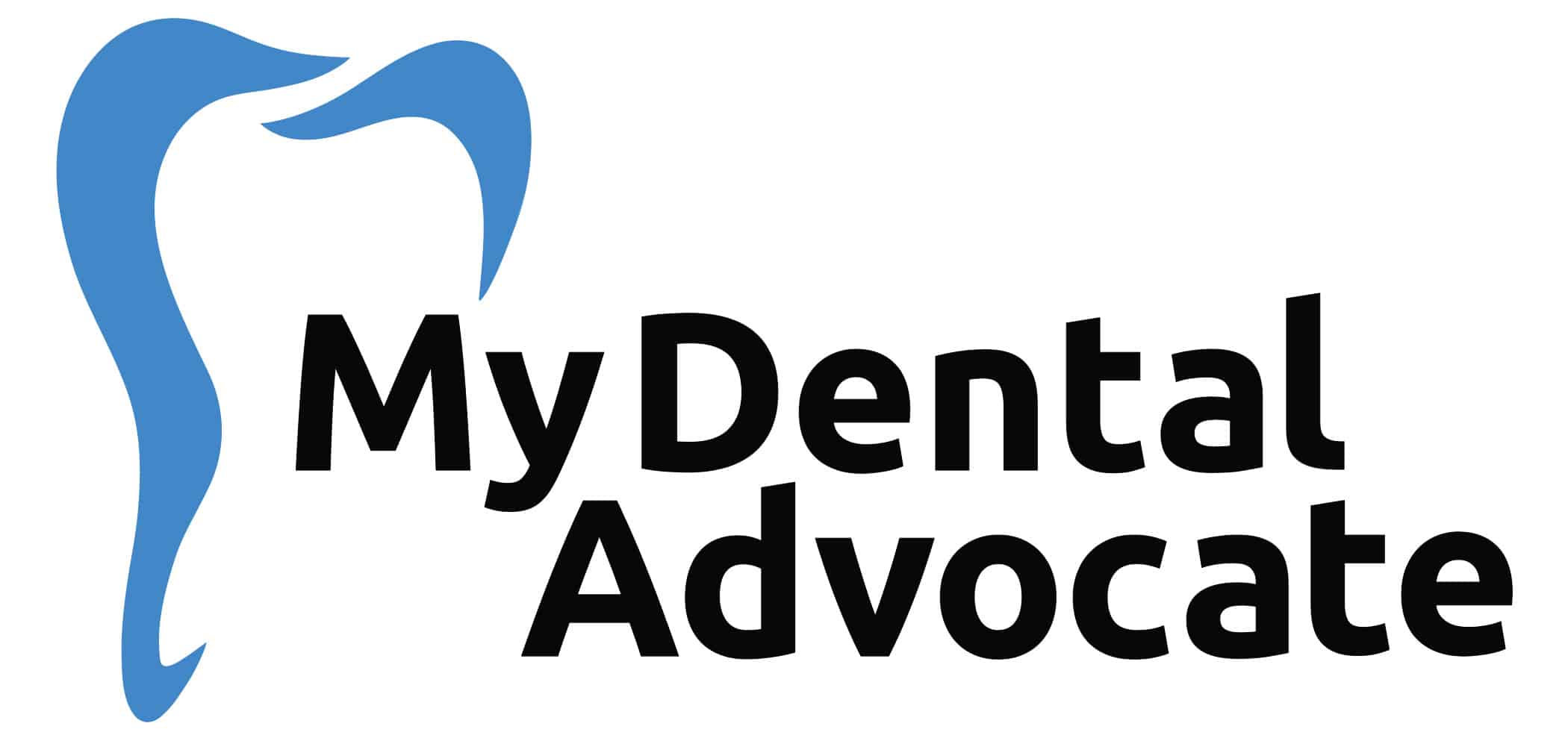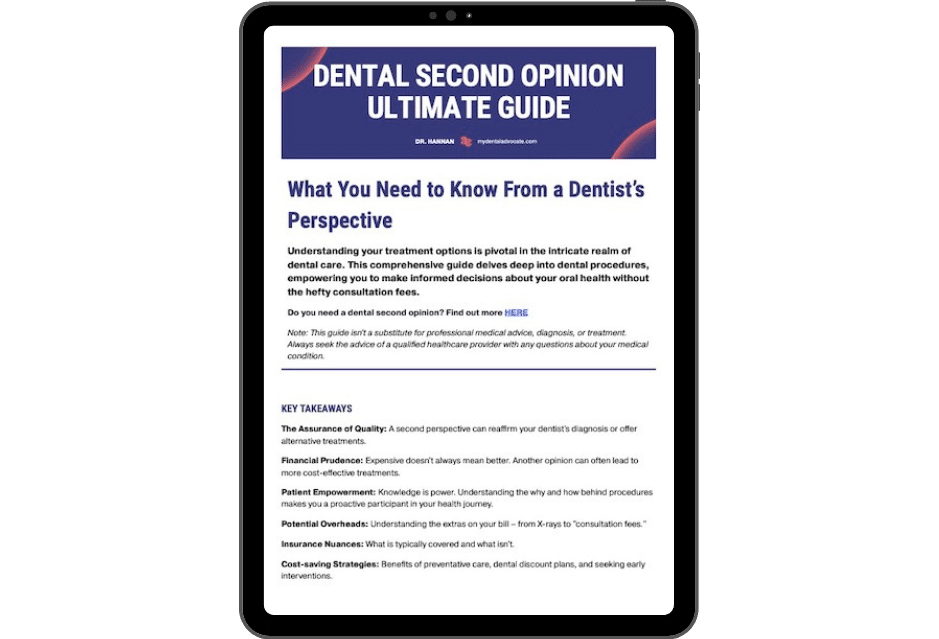Dental Opioid Crisis (Understanding the Problem and Practical Solutions)

Pain and dentistry, unfortunately, go hand in hand.
As a dentist, I often see patients in pain and my first instinct is to help them get well as quickly as possible.
So for many years, I prescribed opioids to manage patients’ pain levels.
But as the opioid crisis has grown, I’ve become increasingly aware of the risks associated with these drugs and the role dentists like myself play in this crisis.
Need Dental Advice? Ask Dr. Hannan!
This article will explore the link between dentistry and opioid addiction, the risks involved with opioid use, and alternative pain management strategies that can help curb the opioid epidemic from a dentist’s perspective.
Lastly, we’ll highlight the UT Health San Antonio School of Dentistry $9.8 million grant from the National Institutes of Health (NIH) that aims to help curb opioid use.
Recommended Reading: Dental Opioid Crisis | The Ultimate GuideDentistry & Opioid Addiction (What the Research Shows)
The opioid epidemic is a significant public health crisis in the United States.
According to the National Institute of Drug Abuse (NIH), over 68,000 people died from opioid overdoses in 2020 alone. In addition, over 16,000 people died from prescription opioid overdoses. Those statistics are alarming and heartbreaking.
Dentists play a significant role in this epidemic, as they are among the top prescribers of opioids. In a study published in the Journal of the American Dental Association, dentists wrote 6.4% of all opioid prescriptions in the United States in 2012.
The American Dental Association (ADA) reports that dentists wrote more than 12 million opioid prescriptions in 2016.
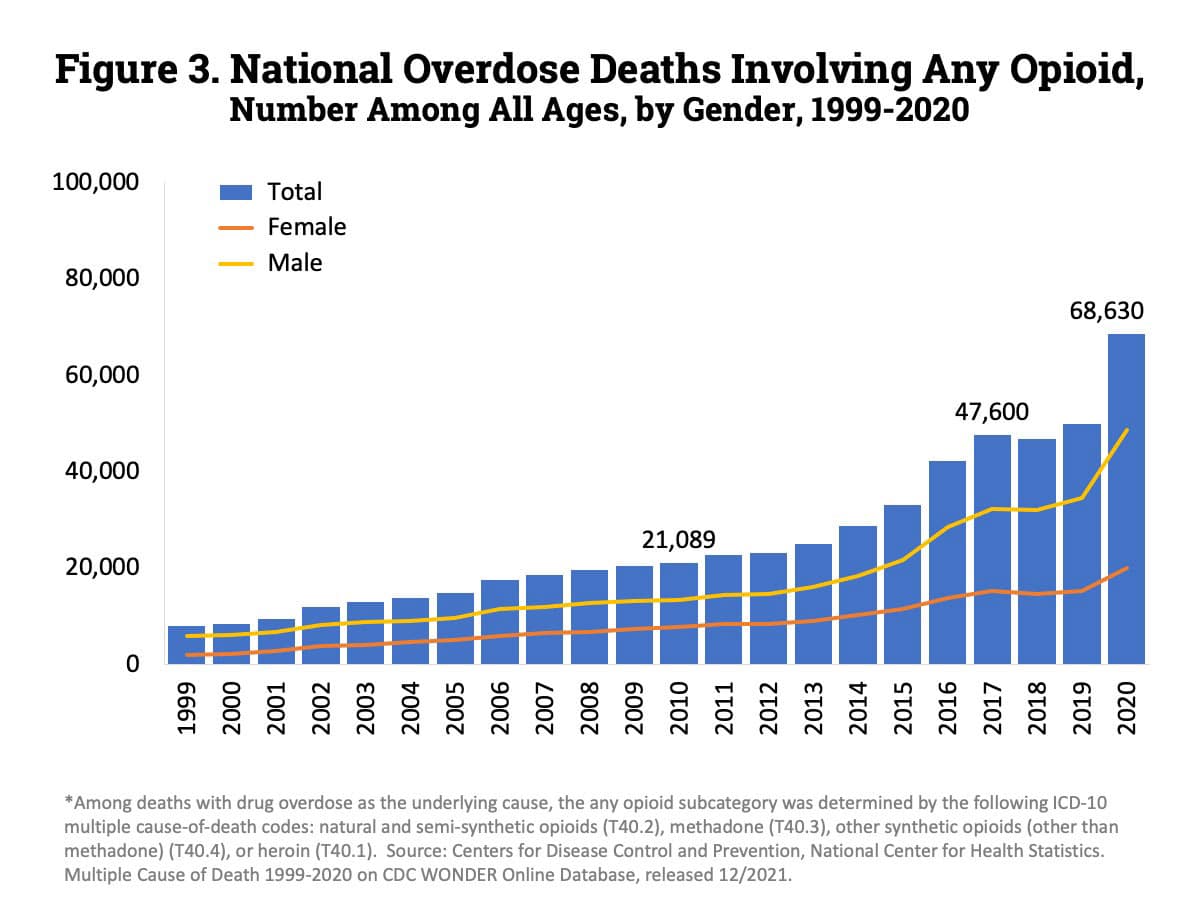
Opioid Use & Wisdom Teeth Extractions
Dental procedures, such as wisdom teeth extraction or oral surgery, can be excruciating, and dentists often prescribe opioids to help manage this pain.
However, the long-term use of opioids can lead to addiction, overdose and death.
A study published in the Journal of the American Dental Association found that dental patients who received opioid prescriptions for wisdom teeth extractions were 3.6 times more likely to become long-term users of the drugs.
As a dentist, I realize how important it is to care for patients, especially those suffering from pain; however, the potential of long-term addiction is concerning.
For example, patients prescribed opioids for dental pain were likelier to continue using the drugs for non-dental pain and develop opioid use disorder.
NIH Grant for Opioid Reduction in Dentistry
The UT Health San Antonio School of Dentistry has recently been awarded a $9.8 million grant from the National Institutes of Health (NIH) that aims to help curb opioid use.
This grant will be used to support research and education efforts to reduce the number of opioid prescriptions written by dentists and to improve pain management strategies.
The goal is to decrease the number of patients who become addicted to opioids and to improve overall patient outcomes.
In addition to research, the grant will also be used to train dental students and practicing dentists on alternative pain management techniques and strategies for prescribing opioids more safely and responsibly.
This grant is a significant step forward in addressing the opioid epidemic and improving the health and well-being of patients. You can learn more about the NIH $9.8 million grant on the UT Health San Antonio School of Dentistry website.
The original grant approval contributed to a record annual total of $35 million in research grant funding for the School of Dentistry secured in the fiscal year 2022. Overall, UT Health San Antonio is the largest research institution in South Texas.
A study published in the Journal of the American Dental Association found that dental patients who received opioid prescriptions were more likely to become long-term users of the drugs.
Why Dentists Prescribe Opioids (Risks Involved)
Dentists prescribe opioids to manage pain following dental procedures. They are often prescribed as pills, capsules, or tablets. While opioids can effectively manage pain, they come with several risks, including addiction, respiratory depression, and overdose.
In addition, long-term use of opioids can lead to tolerance, meaning that patients will need to take larger doses to achieve the same pain relief.
This can increase the risk of addiction and overdose. For example, a patient with a chronic condition who takes opioids to curb the pain may require a higher concentration in the future.
Clinicians should also consider all medical conditions associated with the patient so as not to cause drug-drug interaction. For example, mixing a sedative medication with opioid pain medication will cause adverse effects.
You can also check the Prescription Drug Monitoring Program (PDMP) database.
Alternative Opioid Pain Management in Dentistry

To reduce the number of opioid prescriptions by dentists, the patient and clinician should consider alternative pain management strategies. Discuss these options with your dentist and health care providers.
Management Strategies
- Over-the-counter pain relievers such as ibuprofen and acetaminophen
- Topical pain relievers, such as lidocaine gel or cream, can be applied directly to the affected area
- Non-opioid prescription medications, such as nonsteroidal anti-inflammatory drugs (NSAIDs)
- Acupuncture, which is effective in managing dental pain
- Physical therapy and other forms of rehabilitation can help manage chronic pain
Long-term opioid use refers to using these drugs for extended periods, often several weeks or months. One of the most significant risks associated with long-term opioid use is addiction.
Prolonged use of opioids can lead to physical dependence, which means that the body becomes accustomed to the drug and withdrawal symptoms occur when it is stopped. This can lead to a cycle of addiction where the patient feels the need to continue taking the drug to avoid withdrawal symptoms.
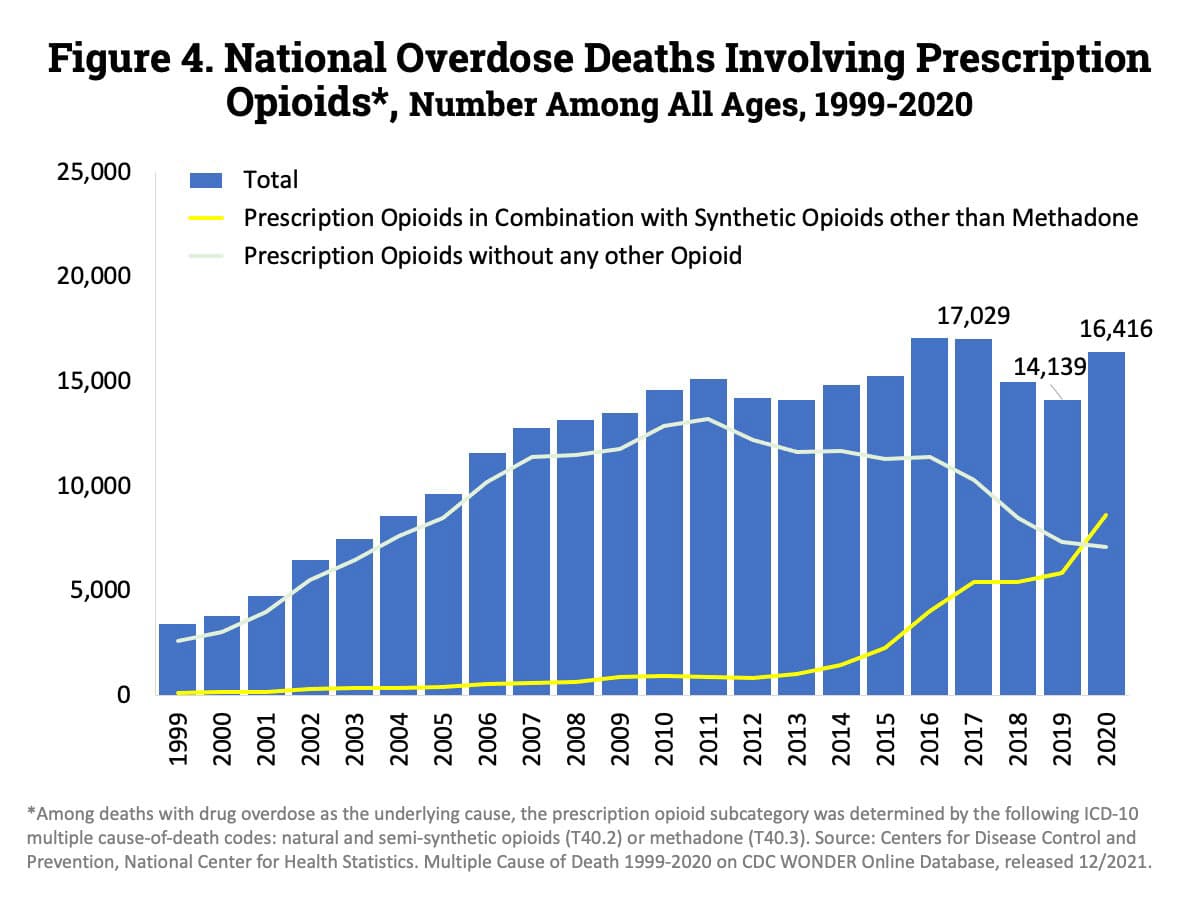
Training Dentists to Prescribe Opioids More Responsibly
Dentists must clearly understand the risks associated with opioid use.
When prescribing opioids for dental procedures, dentists should choose the lowest effective dose for the shortest duration possible.
This helps minimize the risk of addiction or overdose while effectively managing pain.
Although dentists cannot monitor the patient closely when they leave the office, they should inform the patient of potential overdose signs and symptoms.
Another important aspect of prescribing opioids is educating patients about the risks and benefits of opioid use.
Dentists should provide clear and detailed information to patients about the potential dangers of opioid use, including the risk of addiction and overdose.
Dentists should also discuss alternative pain management options, such as non-opioid medications and non-pharmacologic techniques, and help patients make informed decisions about their care.
By following these best practices, dentists can help to reduce the risk of opioid addiction and improve patient outcomes. It’s important to note that dentists should always consult with the most updated and credible sources for guidelines and regulations before prescribing opioids.
Implementing Guidelines for Safe Opioid Prescribing in Dental Practice
Dental organizations, such as the American Dental Association (ADA) and the American Association of Oral and Maxillofacial Surgeons (AAOMS), have developed guidelines for safe opioid prescribing in dental practice.
These guidelines provide dentists with recommendations on how to safely prescribe opioids and how to monitor patients for signs of addiction or overdose. Below is a list of helpful guidelines and resources.
Professional Guidelines
- The American Dental Association’s (ADA) Opioid Task Force: https://www.ada.org/en/member-center/oral-health-topics/opioids
- The National Institute on Drug Abuse’s (NIDA) page on opioids: https://www.drugabuse.gov/drugs-abuse/opioids
- The American Academy of Pain Medicine’s (AAPM) page on opioid therapy and chronic pain: https://www.painmed.org/patientcenter/facts_on_opioid_therapy/
- The American Society of Anesthesiologists’ (ASA) page on opioid use and alternatives for pain management: https://www.asahq.org/whensecondscount/pain-management/opioid-alternatives/
- The American Association of Oral and Maxillofacial Surgeons (AAOMS) page on opioid use and alternatives for pain management: https://www.aaoms.org/patient-resources/dental-health-library/analgesia-pain-control-after-oral-surgery
Patient Education & Communication Strategies for Reducing Opioid Use
Patient education and communication are crucial for reducing opioid use.
Dentists should educate patients about the risks associated with opioid use and provide them with alternative pain management options. Here are some helpful resources if you or someone you know is struggling with opioid addiction.
Disclaimer: The resources provided are not intended to replace professional advice; you should always seek professional help first.
Helpful Resources
- Substance Abuse and Mental Health Services Administration (SAMHSA) National Helpline: https://www.samhsa.gov/find-help/national-helpline
- American Society of Addiction Medicine (ASAM) directory of addiction treatment providers: https://www.asam.org/resources/find-a-treatment-provider
- The Partnership for Drug-Free Kids provides resources for families and caregivers of individuals struggling with addiction: https://drugfree.org/
Frequently Asked Questions (FAQ)
My Experience & Expertise
Dentistry plays a significant role in the opioid epidemic.
Dentists are among the top prescribers of opioids, and dental procedures can often lead to long-term use.
However, by understanding the risks associated with opioid use and implementing alternative pain management strategies, we can help curb the opioid epidemic.
Dentists should be trained to prescribe opioids more responsibly and follow guidelines for safe prescribing. Patient education and communication are also crucial for reducing opioid use. Working together can help patients receive the pain relief they need without risking their health.
Need a second opinion? We can help! Learn more. Knowledge is power when cultivating healthy dental habits. The more informed you are, the better positioned you’ll be to prevent avoidable and potentially costly dental procedures for you and your family. Watch for future blog posts, where we’ll continue sharing important information, product reviews and practical advice!
Sources
- NIH.gov
- ADA.org
- JADA.org
- Chua KP. Persistent Opioid Use Associated With Dental Opioid Prescriptions Among Publicly and Privately Insured US Patients, 2014 to 2018. JAMA Netw Open. 2021.
- Dana R. Role of Dentists in Prescribing Opioid Analgesics and Antibiotics: An Overview. Dent Clin North Am. 2018.

About the Author
Dr. Matthew Hannan, also known as “Dr. Advocate,” is a board-certified dentist on a mission to provide accurate dental patient education. He attended Baylor University before completing dental school at UT Health San Antonio School of Dentistry. He now lives in Arizona with his beautiful wife and 4 kids. Dr. Hannan believes everyone should access easy-to-read dental resources with relevant, up-to-date dental research and insight to improve their oral health.

Connect with Dr. Hannan!
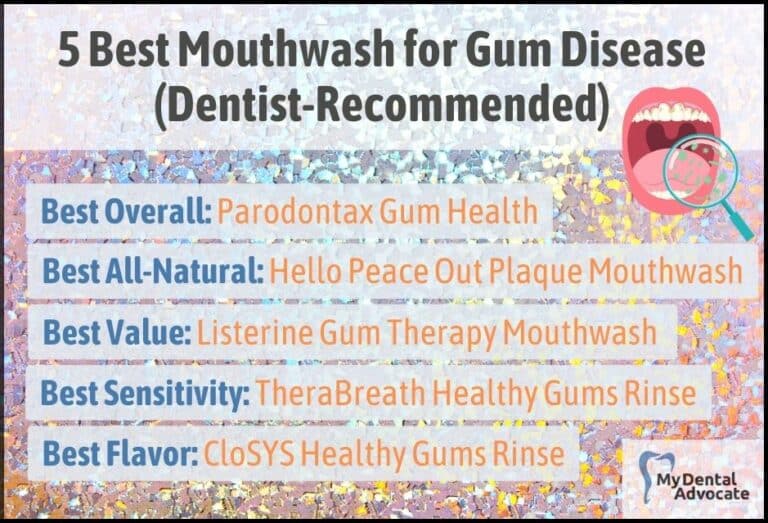
Best Mouthwash for Gum Disease (Top Picks)
Gum disease is a prevalent dental health issue faced by many. It begins as a mild inflammation but can progressively develop into a severe condition that can even lead to tooth loss.
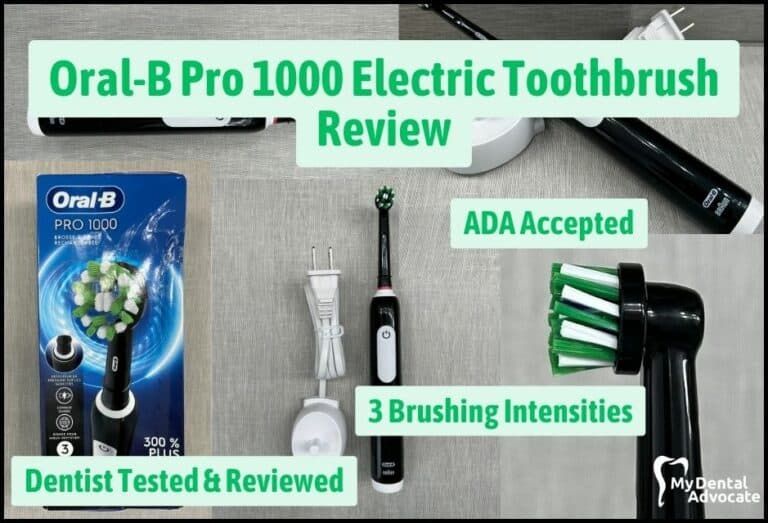
Oral-B Pro 1000 Electric Toothbrush Review
Brushing our teeth is a twice-daily ritual, but are we truly getting the clean our teeth deserve? With many options crowding the market, picking a toothbrush that ensures both efficiency and reliability is essential. Enter the Oral-B Pro 1000 Electric Toothbrush—a brand that has received a nod of approval from many dentists. But what makes it stand out? In this in-depth review, we’ll examine this tooth-cleaning dynamo’s features, pros, and cons.

Why Does A Cavity Hurt? (5 BEST Toothache Home Remedies)
A toothache is one of the most painful things you can experience. But what makes them hurt so much? And what are the best ways to treat a toothache at home? Here are the five best dentist-approved toothache remedies…
Gain Clarity with Our FREE Second Opinion Guide
Receive clear, expert second opinions online within 48 hours. Start today!
Product Reviews
Our 250+ dental product reviews (and counting), curated by an experienced dentist, are the most comprehensive online.
Toothbrush Genie
State-of-the-art chatbot designed to help you discover your perfect toothbrush in just a few simple steps!
Cavity Risk Assessment
Cutting-edge digital tool designed to evaluate your individual cavity risk based on your responses to a series of questions.
Gum Disease Assessment
Discover your gum disease risk with our quick and engaging 6-question assessment!
